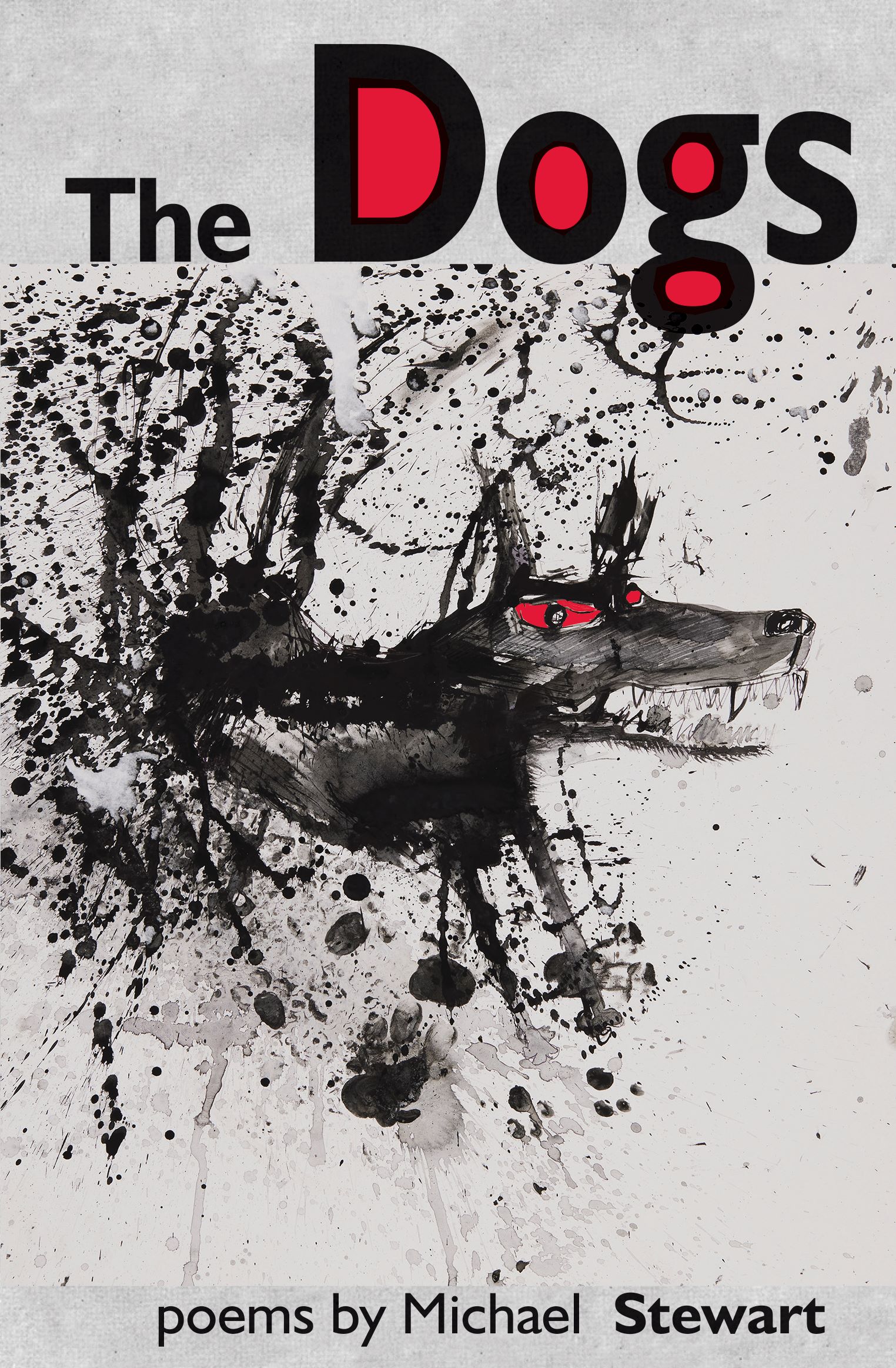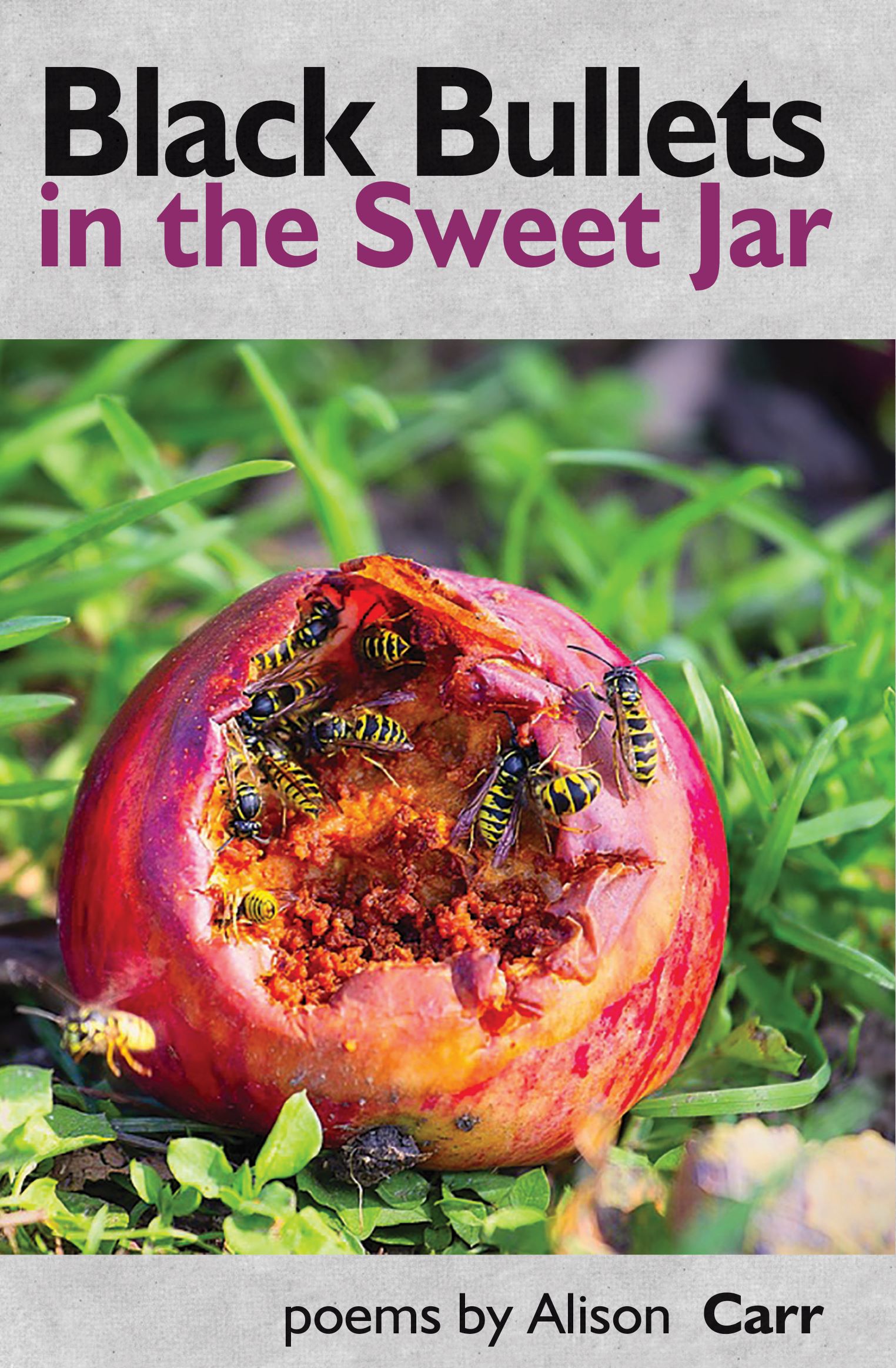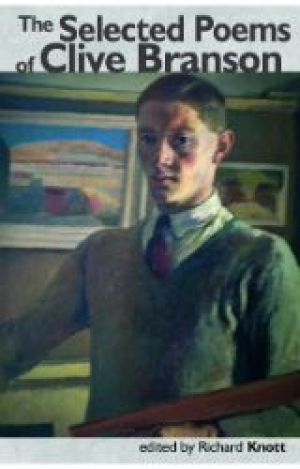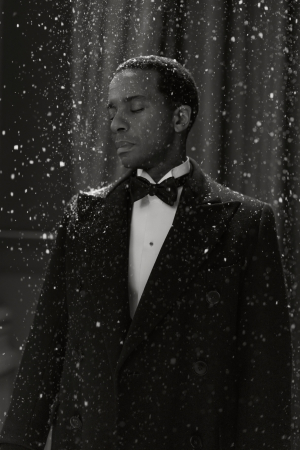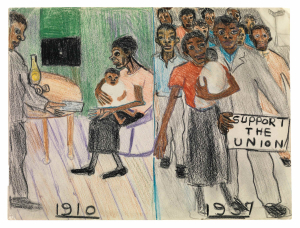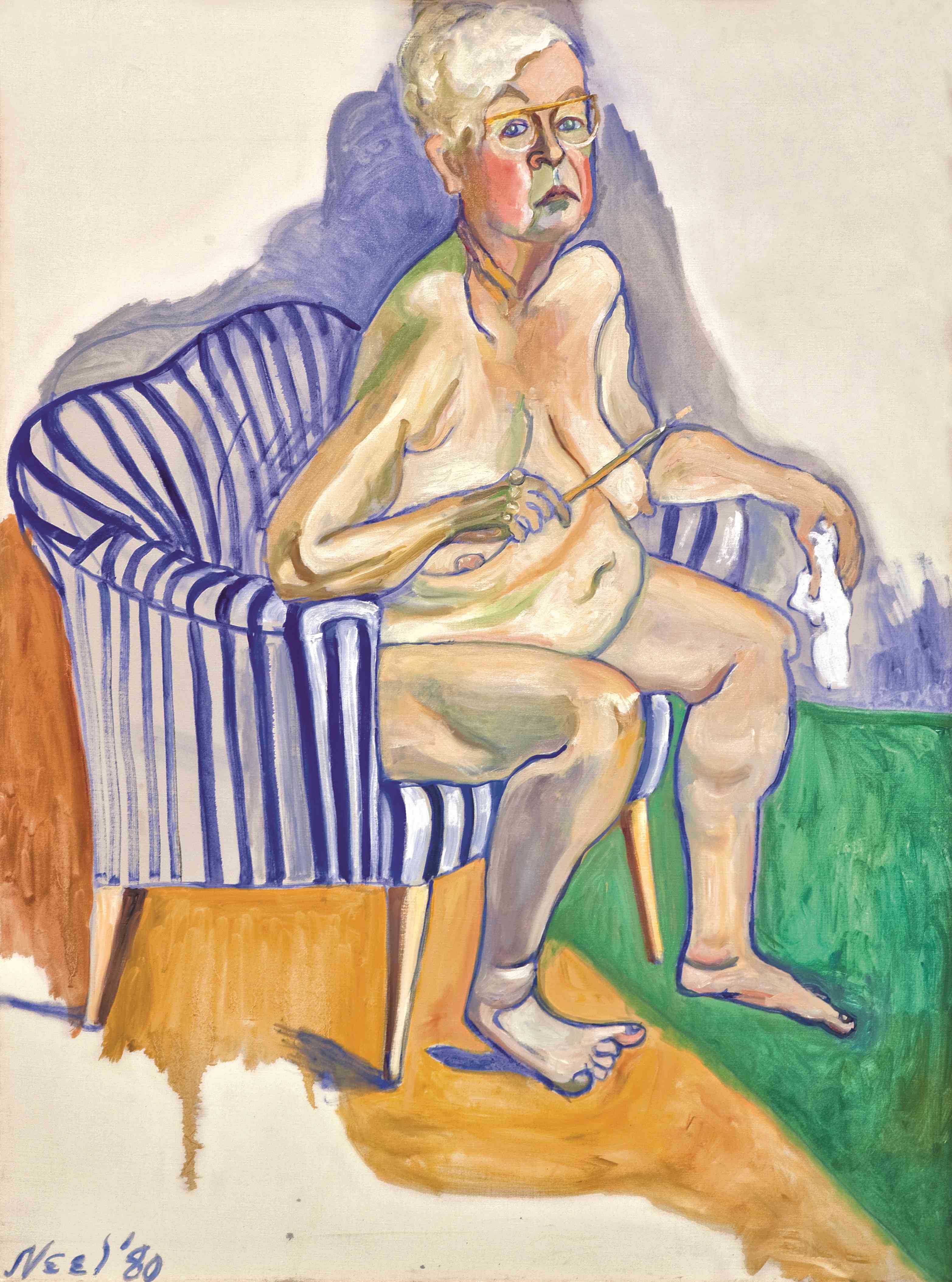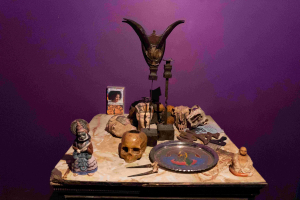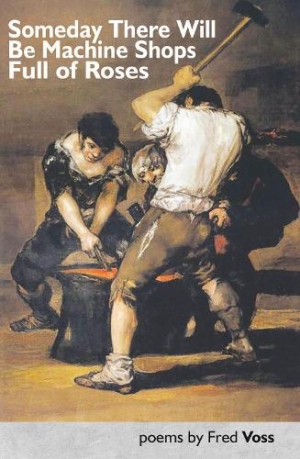Nick Moss reviews exhibitions by Philip Guston, Claudette Johnson, Re/Sisters, and Nicole Eisenman. Image above: Nicole Eisenman, The Triumph of Poverty, 2009, courtesy of Leo Koenig Inc., New York.
When the Frieze Art Fair is in full swing, with Cork Street in Mayfair lined with chauffeur-driven Cullinans and Maybachs, with blacked-out windows and bodyguards/bag carriers in Bottega Veneta suits and shades, blocking gallery doors, and the Goodman Gallery boasting that it flogged El Anatsui’s new work for $1.9 million, the idea that art might provide a platform for political intervention may appear entirely deluded.
The four exhibitions reviewed here are therefore reviewed together as each shows how the possibility of an artistic practice that engages its lifeworld head-on (and refuses the attempted closure of any way of conceiving of the times as other than how they already are and will henceforth always be) might be pursued. All of the artists reviewed here practice “political art” as William Kentridge defines it: “an art (and a politics) in which optimism is kept in check, and nihilism at bay.”
Philip Guston at the Tate Modern, to February 2024
Phillip Guston’s work will be the most immediately familiar. The Tate's rousing exhibition, Guston’s first major UK retrospective in 20 years, displays over 100 paintings and drawings from across Guston’s 50-year career, from his early years and political activism, his celebrated period of abstraction, and his deliberately confrontational later works.
Born Phillip Goldstein, his early influences included cartoon imagery and Mexican muralism, and a preoccupation with Uccello and Piero della Francesca and the problem of the picture plane (or “place” as he called it , “an illusive, imaginary place where forms of this world, trees, people, furniture, objects momentarily come to rest...Not “come to rest”. Pause.”)
Initially, under the influence of Diego Rivera and David Siquiero, and of the Mexican Muralist movement, Guston travelled with his friends Reuben Kadish and Jules Langsner to Morelia, where they were commissioned to produce the 1000 sq. ft. mural The Struggle Against Terror (a projection of which features in the exhibition.)
In 1935 he changed his name from Phillip Goldstein to Philip Guston and moved to New York to work on murals for the government-funded Works Progress Administration Federal Art Project.
He painted a mural in the US Post Office in Georgia - Early Main Service and the Construction of Railroads, and others in Washington DC. Throughout, his worked carried echoes not only of the Muralists, but in its colour scheme particularly, the painters of the Italian Renaissance – with Piero della Francesca a particular source of inspiration. In the late 1940s and early fifties, Guston entered a "period a destroying everything. Everything seemed unsuccessful to me."
This crisis (of figuration, ultimately) related to his exposure to images and films coming back from the concentration camps . "The forms I wanted to make couldn’t take the shape of things and figures." It was resolved by a move towards abstraction – Guston became a key painter in the New York School alongside Jackson Pollock, Willem de Kooning and Mark Rothko.

Passage, 1957
Of the works from this period featured here, Zone has a supernal glow, and could be patch of fabric snatched from della Francesca's red bedspread in Visons of Constantine. Similarly, Passage, from 1957, has Guston trying to work towards the exemplar of the colour "blue" – arriving at something that mirrors closely the blue of the dress in the Madonna del Parto.
Guston has described della Francesca's paintings as capturing the "wonder of what it is that is being seen" and yet also "the apprehension that everything may again move." In his abstract works, Guston is chasing the same thing: a way of painting where "there seems to be no structure at all. No direction. We can move spatially, everywhere, as in life." For Guston this was a wonder, but also "the anxiety of painting" – painting as an absolute – just forms, colour, movement.
By the mid-60s, though, Guston had abandoned abstraction and turned back to figuration again, producing the works for which he is probably best known – his Klansman paintings, crudely drawn hooded figures which were dismissed as "Ku Klux Komix" when first exhibited.

Painting, Smoking, Eating, 1973
The Klansmen became part of the lexicon of shapes and forms he worked with repeatedly through to the end of his life – shoes, clocks, lightbulbs, cigarettes. We can see in the shoes a reference back to Van Gogh, and the iconography developed around cigarettes – in paintings like Smoking, Eating and Painting, Conversation and Smoking, Eating – a deliberate revelling in the corporeal, and an attempt to prove , after his rejection of abstraction, that "painting is 'impure'. It is the adjustment of 'impurities' which forces its continuity. We are image-makers and image-ridden."
The paintings of piles of shoes and piles of legs are reflections on the images from the Holocaust that drove him to turn from figuration. It was perhaps a way of stating that the abject has to be portrayed crudely, cruelly – that if we sanctify images of terror we bleach them dry of their horror, depoliticise them. His Klansmen, meanwhile, are the American Everyman, the fool who believes in the Dream that's always promised but always deferred. "The KKK has haunted me since I was a boy in LA. In those years , they were there mostly to break strikes, and I drew and painted pictures of conspiracies and floggings, cruelty and evil."
Yet they are also comical figures in their Flintstone cars, driving everywhere and nowhere. Guston doesn’t let himself, or us, off the hook either. The painter is wearing a hood too. So, probably, is the viewer. We're all fucked and all fucked-up. That's why we're where we are – now take that fucking hood off and let's try again.
In 1970 he wrote "The total conformity of painting now that we see is absolutely deadening to my spirits. Its conventionality. Its domesticity." His work was produced always as a complete refusal of that conventionality, and a way out of the sober relentlessness of good taste. "If someone bursts out laughing in front of my painting, that is exactly what I want and expect."
Claudette Johnson at the Courtauld Gallery, to January 2024
Claudette Johnson's exhibition at The Courtauld Gallery, "Presence", embodies the idea of "presence" in two ways – the presence of the work as such, its scale, its power in the space it occupies, and the presence of work that features, as subjects, black men and black women, in a space where the subject on canvas is usually white, and more often than not, male.
Claudette Johnson was one of the pioneers of Black British art, showing her works alongside Lubaina Himid and Veronica Ryan. Exhibiting her work at the Black Art Convention in 1982, she stated that “Black women have been presented as people who did not have anything to offer in themselves but were just there to be looked at. I have tried in my own images to be very personal, and to talk from my own experience and nothing else, so I can be sure it’s honest and explore a side of Black women that isn’t often seen.”
Johnson sought not to shrug off the influence of painters like Manet, but to question how they saw the world they painted. The point she makes about painting from a point of view which is drawn from her own experience "and nothing else, so I can be sure it's honest" seems simple enough, but it explodes the hierarchy of representation in painting – who is seen and who is relegated to the background, who has standing and social capital, and who has none; who can afford to commission a portrait and who worked to produce the wealth that purchased the portrait. There is also a complacency that assumes once that question has been posed, it is thereby also answered, and we can all just move on. Claudette Johnson's works here don't grant us that comfort.
There has been a long silence around Johnson's work. As she has explained, between about 1990 and 2015 "there was a long period where I would have thought it was aggrandising to describe myself in that way, (as an artist.) I was producing much less. I was working full-time in a project for homeless people. I’d given up my studio. Art moved very far into the background.” It was only when she was contacted by Lubaina Himid to work on a group show alongside Ingrid Pollard and Helen Cammock that she was able to rebuild the mechanics of artistic production – studio, gallery etc. There followed due recognition for her early works and eventually the call to exhibit at The Courtauld.
There is a moment that Johnson seeks to capture in each of her works. In a Guardian interview she has explained it as “I had all these received, hypersexual images of Black women. But I realised that in my imagination there were different figures almost waiting to come out. A very centred figure, a figure that had her own agency, as opposed to being at the mercy of these stereotypes. It was a bit like that moment when we shifted from talking about ourselves as ‘coloured people’ to talking about ourselves as Black people."

And I Have My Own Business In This Skin, 1982
These figures with their own agency are already fully realised in the early works, such as And I Have My Own Business In This Skin, from 1982, which uses geometric shapes to recover both Cubist technique and the black image from Picasso, and his own use of non-naturalistic images and techniques inspired by encounters with African art. This is explicit again in the later painting Standing Figure With African Masks, where an exquisitely powerful self-portrait in a naturalistic style is mirrored by a carved mask and a figure painted in the Cubist style of And I Have My Own Business.
But it is important not just to look for the politics of the paintings in their symbolism. The fact of the paintings, their beauty and their size, their dominance of the space, is also a political statement. And these are extraordinarily beautiful paintings. Johnson captures defiance, exhaustion, wistfulness, in a line. She has a way with the painting of flesh that is close to that of Lucien Freud and Jenny Saville, but is, while just as unflinching, somehow kinder.
She also does good hair, which is something too often neglected in portraiture. She catches the essential detail of a change of hairstyle, a change of colour, the way the hair hangs, or the stubble of a buzz cut, and uses how the hair falls to sketch the mood of the sitter in a very tender and non-judgemental way. Claudette Johnson's works deserve to be in the Courtauld not just for the moment of this wonderful exhibition, but permanently, to show the unseen in art, and the ahistorical nature of an art history that brackets out the question of who gets to be seen, and thereby colludes in the exclusion. It deserves its place there both as a rebuke and by right.

Trilogy (Part Two) Woman in Black, 1982
In Tendayi Sithole's Refiguring in Black (Polity 2023) he writes of "seeing things differently and deliberately, so from the black point of view." When Johnson talks of, and works through, questions "from my own experience and nothing else", this is what she means. Sithole develops his theme: "What does it mean to see clearly? To see clearly is not only to look. It is to have a point of view. It is to see dissimulation and to unmask its falsities, malice and pretences, to see clearly is to see differently. It is to see what is not seen. To see clearly is refiguring."
The paintings in "Presence" are works of refiguring, and works of restoring –both of black men and black women as subjects of figurative art, and of Claudette Johnson as a key figure in the development of figurative art per se.
Re/Sisters at the Barbican Gallery, to January 14, 2024
Re/Sisters, at the Barbican, is a group exhibition which shows how female artists have worked to demonstrate the links between gender and ecology. In any review of a group show, it is impossible to cover all the works in sufficient detail, so it is important to state that the key to all of the works on show is the remarkable prescience of the artists here, in identifying the link between misogyny, oppression and the despoliation of the plant.
There are works here from over 50 international women and gender non-conforming artists. These are angry works, compassionate but challenging, and all focused in various ways on establishing the connection between women's oppression, colonialism and the exploitation of indigenous lands and corresponding attempts to clear the lands of native peoples.
None of the artists here flinch from the challenge of exposing the ideology of "progress" behind which capital hides its willingness to sacrifice our futures to the pursuit of profit. These are artworks produced as protest, not artworld product.

ReSisters, A Lens on Gender and Ecology, Installation view
The works are displayed thematically across six sections, addressing in succession the politics of extraction; acts of protest and resistance; the labour of ecological care; environmental racism; and queerness and fluidity in the face of rigid social structures and hierarchies. Works on show include Agnes Dene's Wheatfield – A Confrontation (1982) in which the artist planted a wheatfield across a two-acre site adjacent to Wall Street, as a way of symbolically reclaiming the land from capital; a collection of flyers and photographs from the Greenham Common Women’s Peace Camp, and Ana Menieta's Earth-Body works, wherein in the first of these, Imágen de Yagul (Image from Yagul), 1973, Mendieta lay naked in a vacant grave at Yagul, was covered with white flowers and photographed.

Pamela Singh, Chipko Tree Huggers of the Himalayas #4, 1994
Other such works by Mendieta include her Untitled (Maroya) (Moon), 1982, which consisted of a vulva-like niche dug into a yard, filled with gunpowder, and ignited on moonlit nights. Anne Duk Hee Jordan 's film installation Ziggy and the Starfish (2018) shows hermaphroditic examples of aquatic life, drawing parallels with non-binary identity, and the Indigenous queer performance artist and activist Uýra (Brazil) uses their drag persona to transform into a hybrid plant-human organism and advocate for resistance to the devastation of the Amazon basin.
One point of particular interest is the extent to which so much of the work is performance-based. Much of the early practice of performance art was intended as a challenge to the commodification of artwork, and as a confrontation. Marina Abramovic and Yoko Ono, among others, have shown that there need not be a separation between performance and commodification, but the artists here all saw performance and video installations, and the incorporation of documentary materials into their works, as ways to keep open the vision of art as a source of utopian possibility. It's certainly the case that Ana Mendieta, for instance, saw her work as a refusal of art-as-commodity, given that so much of it – the blood works in particular – was not intended as exhibition but as contestation, an attempt to challenge and provoke and expose male/state violence.
As regards the prescience of the works, I'm reminded of how feminist theoreticians like Nancy Fraser and Kate Soper were consistent proponents of the link between environmental resistance, gender equality and social justice, at a time when so much of the left was still debating whether the climate crisis existed at all. Fraser describes capitalism as follows:
"The logic of economic production overrides that of social reproduction, destabilizing the very processes on which capital depends-compromising the social capacities, both domestic and public, that are needed to sustain accumulation over the long term. Destroying its own conditions of possibility, capital's accumulation dynamic mimics the ouroboros and eats its own tail." – Nancy Fraser, Cannibal Capitalism, Verso 2023
The works on show at the Barbican aim to show how that process plays out and the ecological crisis that results. They also show how we might find ways to resist and to live otherwise.
What Happened, Nicole Eisenman at the Whitechapel Gallery, to January 2024
Nicole Eisenman's retrospective at The Whitechapel Gallery perhaps brings us full circle, because like Philip Guston, she is avowedly a political artist and also one who scabrously resists the straitjacket (maybe we ought to say "Straight jacket") of artworld "good taste."
Eisenman's work takes inspiration from Guston and from Pieter Breugel the Elder, Hogarth and Goya and Renoir, but also from Tom of Finland, Fat Freddy's Cat, Mary Wings, Cath Jackson and Alison Bechdel (the cycle of influence with this latter trio runs, I'd say, both ways.)
All of these are chewed up and incorporated into a fantastic array of startingly alive and very funny images that flay at the dead flesh of Trumpian politics, misogyny, and generalised fearfulness. The key to Eisenman's work is that it is both funny and tragic, that in a painting like Fishing, for instance, when a group of lesbian fishers dangle a suited man over a hole in the ice, there is both a joyful world-turned-upside-down aspect to the scenario, but also, on the faces of some of the women, expressions that move between pensiveness and a kind of dread as to what, if anything at all, will happen next.
All of this is to suggest that substantive change is vital, necessary, but also that we cannot just wait on what comes after, as if agency is the property of some force outside ourselves.
The essential aspect of the paintings has to be worked for. At first glance they seem simply satirical, but just as in Hogarth, or George Grosz, the satirical brush paints a barbed life into every character, not just the obvious sitting target. These are paintings full of life, a fantastic celebration of polymorphous perversity and euphoric lesbian joy, but there also moments of profound melancholy and wistful pauses – as where Eisenman paints herself as Marvel's The Thing, receiving a letter that begins "Dear Obscurity..."
In the Bush years, she paints a small-town America knee-deep in shit. She gives us grotesque parades of patriots and good old boys, including an ass-backwards top-hatted Jester/ leader walking towards their own demise. There is a series of paintings that focus on how we make romantic/erotic connections, mediated but not fundamentally diluted by technology. Finally, we come to a large scale kinetic sculpture of a potter at a wheel, surrounded by her works. Some of the works look like junk, detritus, as if the production of the work itself is pointless. But there's also a bundle of dynamite, which suggests Eisenman is a long way from resigned as to the purpose of her work.

Beer Garden with Ulrike Hall
I want, though, to draw out the political significance of three of her quieter works. Biergarten at Night is a straightforward scene of friends gathered together as the title suggests (straightforward is a relative term here, as one figure is passionately kissing a death's head ) in New York, or Berlin, bohemians at play, relaxed, pissed. What matters is that the painting is a celebration of friendship, of comradeship, of sitting and drinking with like-minded people, sustaining each other, taking care of each other.
Another painting, Sloppy Bar Room Kiss, shows two lovers kissing, uncaring as to anything else going on around them. It’s a celebration of queer love, and like Biergarten at Night, also a celebration of being present in a place, being seen, occupying a space.
The political importance of this act is drawn out in The Abolitionists in the Park, which gives us a snapshot of the occupation of City Hall Park in New York by a coalition led by Black Lives Matter in 2020, following the police murder of George Floyd. It could be a scene from a late summer picnic. Friends and families eat pizza, talk, laugh. What counts is their being-there. Eisenman is celebrating presence as an act of resistance.
Claudette Johnson similarly offers presence as resistance, both in the gallery space and within the frame. In the Re/Sisters exhibition, the focus on Greenham Common makes the point again – being present-for others, as oneself, in defiance of the state may not be enough, but it’s a start. Meanwhile, El Anatsui crumples bottle tops into shimmering banners of red and gold and sells them for a million dollars. I think they're lovely and I don’t begrudge him, but we're a long way from the uselessness of art as subversion of commodity-fetishism.
I don’t suggest that the works discussed here pose an entire solution to the recovery of the utopian possibility of art, but they do suggest that political interventions through the medium of artistic production remain possible, and that Eisenman's bundle of dynamite may sometimes be disguised as a painting of a couple kissing in a bar. Let's give the last word, though, to Guston: "Arty art screws you in the end; always be on guard against it."


















